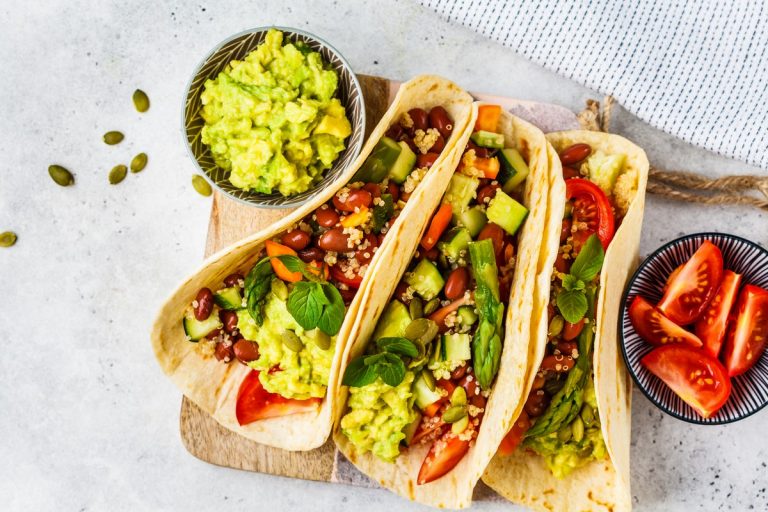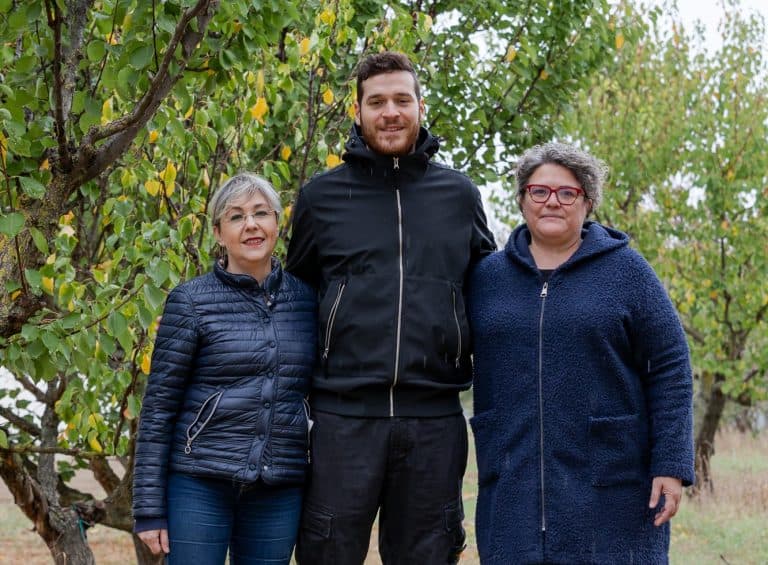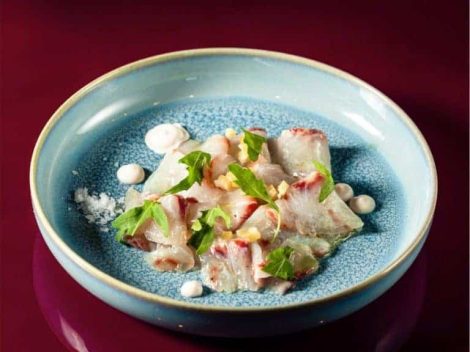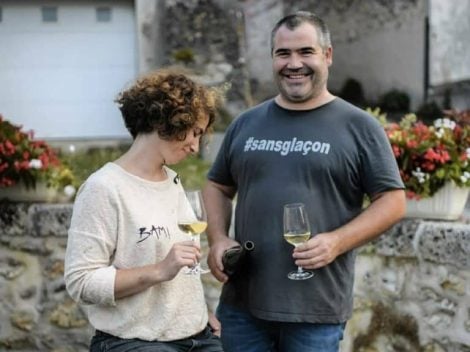Legumes are a real dinner-saver when you have little time and desire to get in the kitchen. Our advice is to choose them fresh, employ time to prepare large quantities and then keep stocks ready for use in the freezer, a godsend on the hottest days. But the summer with its dizzying temperatures is increasingly putting us to the test, so even pre-cooked legumes will do just fine. Hummus is an infallible choice as far as taste and protein, but there's so much room for play with chickpeas, lentils and beans: here are some suggestions for quick and unusual recipes.
Coronation chickpeas, the queen's salad in vegan version
The Platinum Jubilee in June – the celebrations for the 70th anniversary of the reign of Queen Elizabeth II - was the ideal occasion to brush up on some historical English recipes. Coronation chicken, a salad of chicken, mayonnaise, raisins, curry and mango chutney, is fundamental for an afternoon tea, to be used as filler in perfect tea sandwiches. A fast and delicious preparation, created on the occasion of Her Majesty's coronation, but which can be just as good in the vegetarian version (seeing is believing). Just use vegan mayonnaise and chickpeas to replace the chicken - blend part of them for an even creamier result - and then combine the other ingredients of the recipe. A tasty, sweet and sour mix, perfectly balanced, excellent to try also in wraps together with grilled vegetables or lettuce leaves and chopped tomatoes.
Legume croquettes, the charm of frying even in summer
Meatballs made with legumes are a perfect second course for vegetarians, but also a delicious aperitif to be served with a fine glass of wine. They can be baked in the oven, but frying saves time (and heat): choose the legume you like best, without being afraid to mix them together, and blend everything until you get a soft dough. For a vegan version, just add stale bread soaked in water or breadcrumbs, otherwise you can use an egg to bind the mixture. Salt, pepper, spices and herbs to taste and that's it. To make them even tastier, you can add cheese - even the vegetable kind - to each one, for a pleasant surprise for your guests. Do not forget to pair them with yoghourt sauce, with a few mint leaves, a drizzle of olive oil, a pinch of salt and pepper and pieces of cucumbers, which are now in full season.
Cannellini bean salami for a vegan charcuterie board
Who said that meat substitutes cannot be produced at home? There are many alternatives today, often of high quality, but you can also be satisfied with less elaborate home solutions. On the web, for example, there are many recipes for plant-based salami: we start with cannellini beans, to be blended leaving a part whole to recreate the shapes of the fat, to which tomato paste is added to give colour. Add spices and a few tablespoons of flour to compact everything. Once the salami is given its elongated shape, it is rolled in parchment paper, wrapped like a candy and steamed. Better to let it rest for a while before slicing, to finally serve it on a wooden cutting board for a tasty and cruelty-free aperitif.
Tonnata sauce… made with chickpeas
How can you recreate the fish flavour in a vegetable version? Using sea plants, of course! Seaweed is a precious ally for those who have chosen to give up fish: in particular, nori seaweed, with its umami and persistent taste, is well suited for many recipes. Just combine it with a purée of chickpeas and mayonnaise (or yoghurt) to recreate one of the most popular sauces of the Italian tradition, tonnata sauce. Don't forget the capers and a drop of lemon juice. It can be eaten as is, slathered in a sandwich, perhaps keeping some whole chickpeas for texture, or using it as a cream to spread on slices of bread, but it can also be added to veggie roasts and vegetable timbales as a tasty condiment.
Pasta and beans even in summer
A fine pasta and beans can also be enjoyed during the hottest days with just some care and variation. We start with a light sauce, with chopped celery, carrot and onion and fresh tomatoes (choose the ones you prefer): a few basil leaves and the base for the summer soup is ready. Then add boiled borlotti or pinto beans and let it all simmer for a few minutes. Finally, add just enough water to cook the pasta, not too much (it's better to obtain a creamy and not brothy consistency): the result should be a chunky, firm and creamy dish. To be served cold at room temperature or slightly warm with a thread of good extra virgin olive oil and fresh basil leaves.
by Michela Becchi


 Will the perpetual reserve save Champagne from climate change?
Will the perpetual reserve save Champagne from climate change?
 The gourmet warehouse in the United States promoting high-quality Italian food
The gourmet warehouse in the United States promoting high-quality Italian food In Liguria, there’s a historic winery producing the best Vermentino in the Region with the best value-for-money
In Liguria, there’s a historic winery producing the best Vermentino in the Region with the best value-for-money "Behind the champagnes of small producers lie the great cooperatives." An unfiltered interview with Bruno Paillard
"Behind the champagnes of small producers lie the great cooperatives." An unfiltered interview with Bruno Paillard







